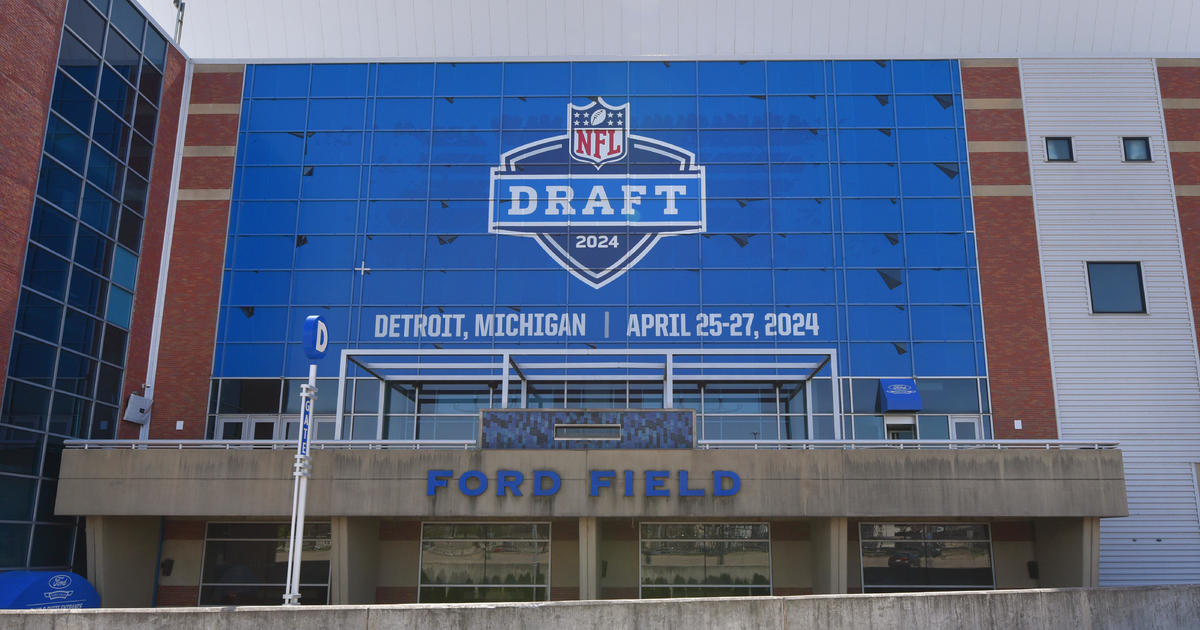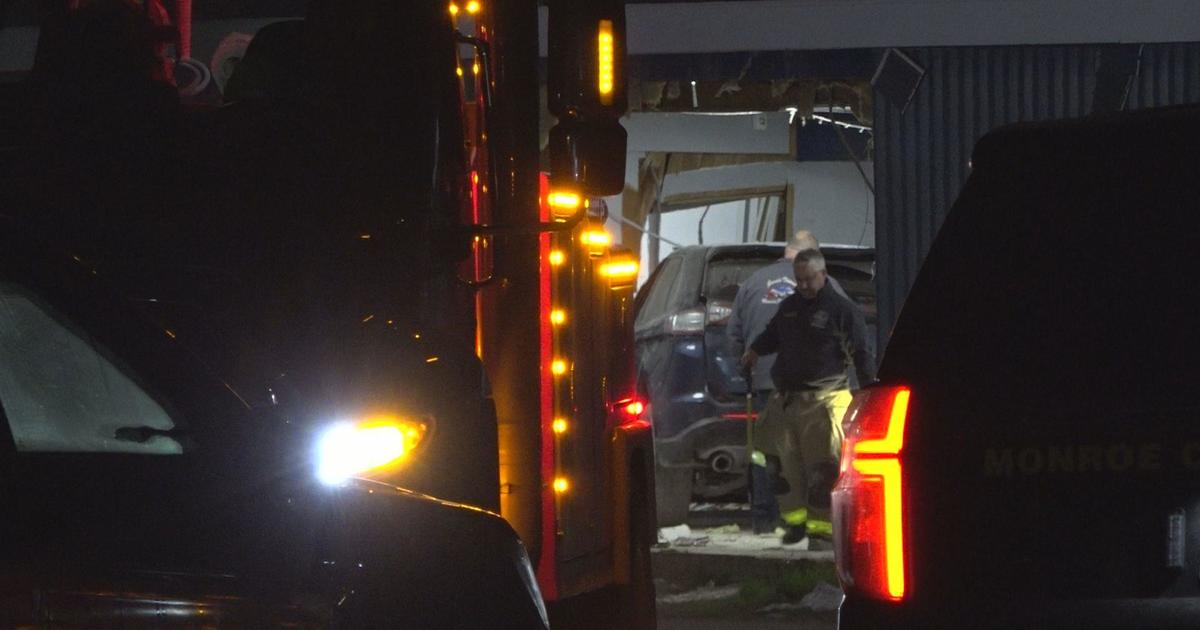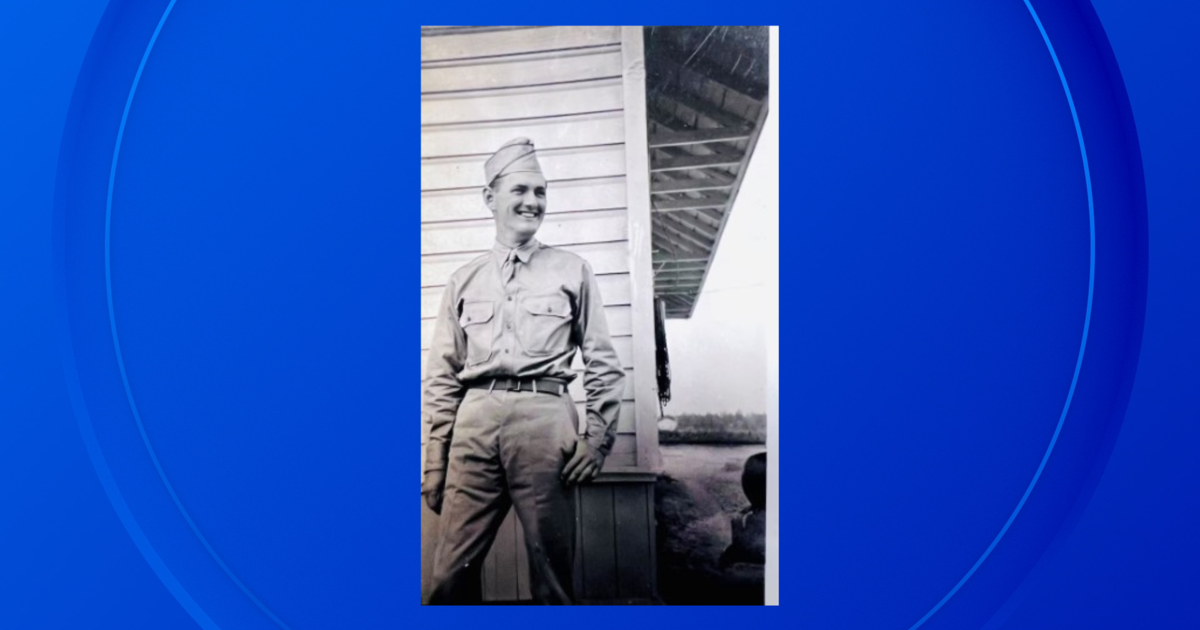MDOT Will Use Materials Tested At Lawrence Tech In New Bridge
As part of this year's major renovation project for the Southfield Freeway, the Pembroke Avenue bridge will be rebuilt with carbon fiber reinforced polymer materials replacing steel for three major components.
It's the next step forward in an innovative technology for building bridges that has been developed and tested at Lawrence Technological University.
"We are utilizing several unique innovative measures on this project," said MDOT Metro Region Engineer Tony Kratofil said. "One is a pilot project that includes the use of carbon fiber on the Pembroke Avenue overpass. We are partnering with Lawrence Technological University on this initiative in which carbon fiber is used instead of steel to prevent corrosion while maintaining the same strength and durability."
Studies at Lawrence Tech have shown that bridges reinforced with CFRP materials should last twice as long as bridges reinforced with steel, which is vulnerable to corrosion when water seeps into concrete.
The engineering specifications for using CFRP materials in place of steel have been developed at the Center for Innovative Materials Research at Lawrence Tech under the direction of University Distinguished Professor Nabil Grace, the dean of the College of Engineering. He is one of the nation's leading proponents of using CFRP materials in place of steel to increase the useful life of bridges.
The bridge research at Lawrence Tech was funded with grants of some $1.3 million from the Michigan Economic Development Corp., the Michigan Department of Transportation, and the National Science Foundation.
The Pembroke Avenue bridge is being replaced after 51 years of service. Grace is confident that a bridge built with CRFP materials will last twice as long, or 100 years or more. "Using CFRP to replace steel will double of the lifespan of a traditional bridge at a minimum," he said.
The Pembroke Avenue bridge in Detroit is 104 feet long with a 44-foot road bed. Three major components will be built using carbon fiber materials:
* The transverse post-tensioning cables that tie together the box beams of the bridge's main supporting structure.
* Reinforcement of the bridge's concrete deck slab.
* Reinforcement of the concrete barriers on each side of the road bed.
The main supporting structure of the bridge is a series of box beams lined up next to each other with only an inch in between. The box beams are tied together with cables running through holes (or diaphragms) in the beams. In order to avoid corrosion, the holes in the box beams and the one-inch spaces between the box beams are filled with grout to keep water away from the steel.
The grouting makes it very difficult to find the source of corrosion in a bridge or to get to a box beam that needs repairs. Lawrence Tech researchers have determined that grout is not needed in the diaphragm holes to protect the CFRP cables, which will make it easier to repair an individual box beam.
The CFRP cables can also be set at a higher tension that is better for keeping the box beams tied tightly together. The reduction of movement between the individual box beams greatly reduces the possibility of cracks on the roadway surface. Those cracks lead to more corrosion as water seeps from the roadway surface to the decking and then the box beams beneath.
Research at Lawrence Tech also shows that more transverse post-tensioning cables with higher post-tensioning forces should be used to keep the box beams in tight alignment.
Using carbon fiber materials in place of steel has been tested in the Bridge Street Bridge that connects a Southfield industrial park with Eight Mile Road. In 2001, that bridge was replaced with one span constructed with steel and the other with CFRP materials.
After almost nine years, the CFRP components are performing as expected. Every six months Lawrence Tech shares performance data with state and federal officials.
MDOT engineers have also approved plans for a bridge built entirely with CFRP materials instead of steel. The bridge on Eight Mile Road crosses Plum Creek. Construction is tentatively scheduled for 2012.
More at www.ltu.edu.



